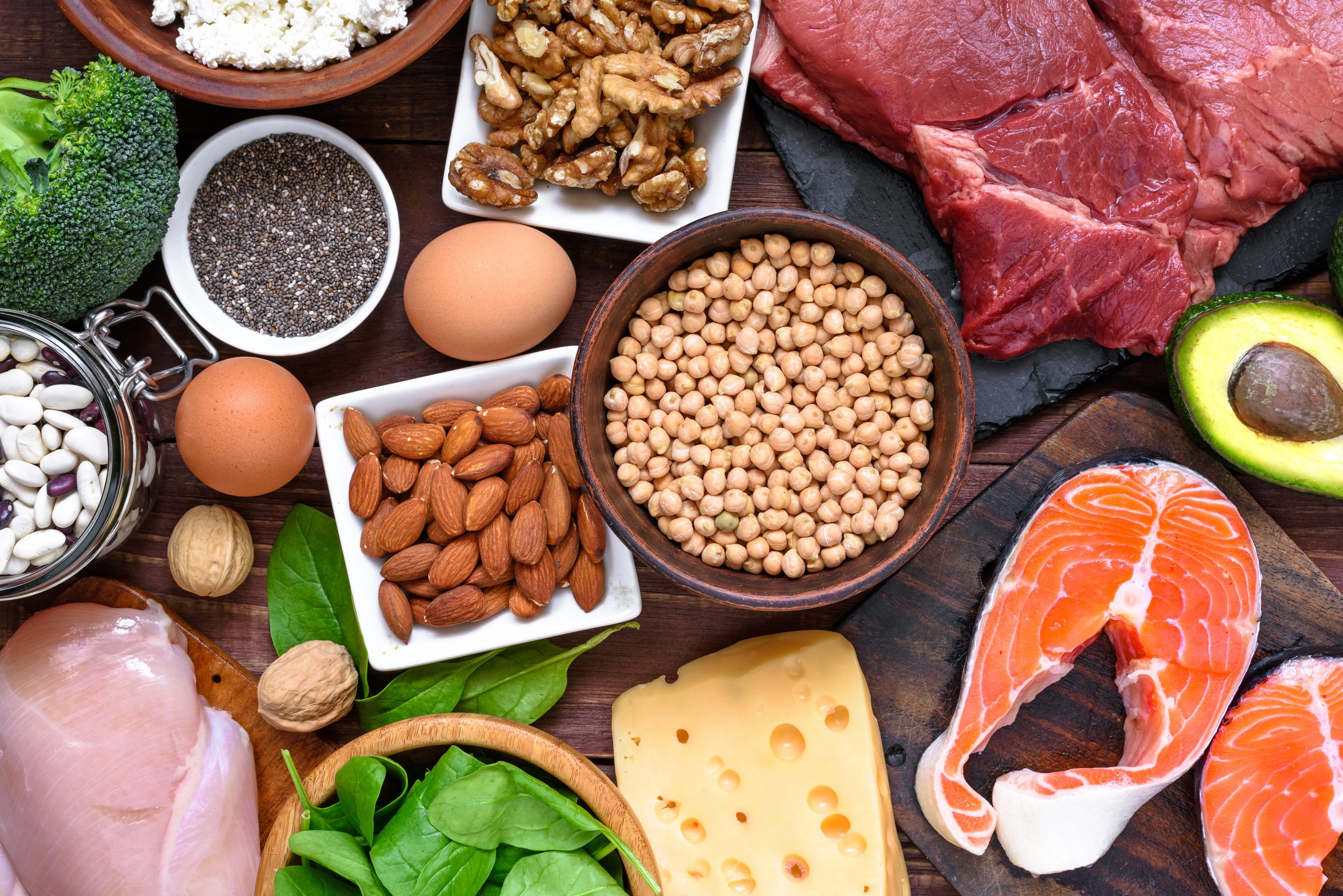Introduction
Since the time of the ancient Olympics, the consumption of protein, primarily from animal products, has always been associated with strength, power, and optimal athletic performance. Recently, protein has been popularized as a way to lose weight and for its role in muscle building. While both of these are true, many individuals overemphasize the importance of protein in their diets at the expense of other nutrients that are also essential to good health and performance. Nutrients work together to maintain health and balance in the body and overemphasizing one class of nutrients over the others can cause nutrient imbalances which may result in serious health problems.
Most Americans believe that a meal is not complete without meat as a source of protein. It is true that meat provides a lot of protein but it is also possible to get adequate protein from plant foods. In addition, Americans tend to consume much of their protein from high-fat foods that can increase their risk of chronic disease. So although protein is important, it is not more important than other nutrients.
Figure 7.1 Sources of Protein

Chapter Attributions
This Open Educational Resource textbook has been adapted from:
- Lumen Learning Nutrition // CC BY 4.0
- Human Nutrition // CC BY NC SA
Media Attributions
- Sources of Protein © Adobe Stock is licensed under a All Rights Reserved license
